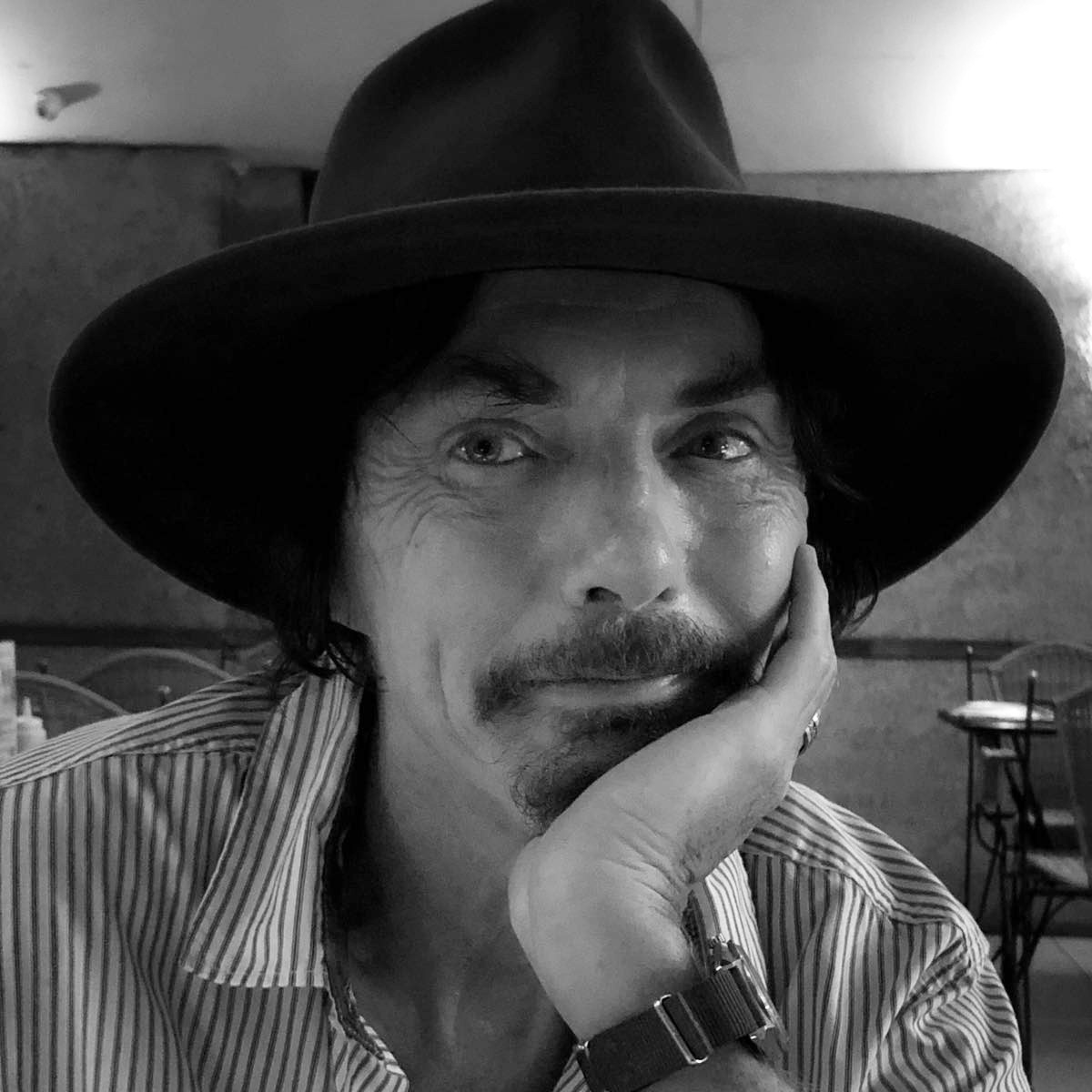Global Ecobrick Alliance encourages people to sequester unwanted, unloved plastic, to capture it and render it harmless – indeed, valuable – by gathering it and shoving it firmly into discarded bottles to create ecobricks.
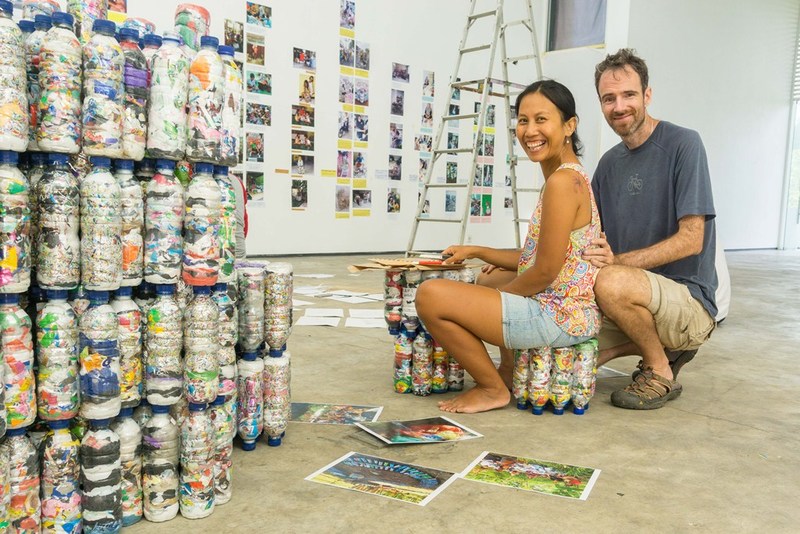
We are sitting on bamboo mats in the Ciliwung Merdeka community hall. It’s a simple building, located in a gap between a Jakarta commuter train line and the banks of Jakarta’s filthy, heavily polluted Ciliwung river. The residents here are mostly small traders and workers in the informal sector. Living next to the river in the inner city, more than most people, they know how destructive badly managed plastic waste can be. When the rains fall and waters come sweeping in from up in the hills, when the rivers are clogged with plastic and other waste, the waters can rise rapidly, driving the residents of the river banks from their homes, often destroying their household possessions and work tools and depriving them of their livelihoods. It happens once every five years, says one grizzled old man fatalistically. More often than that, in recent years, he adds in a grim undertone.
There’s discarded plastic everywhere. Food packages. Bottles. Bags. It comes down the river. And the community contribute their share. There’s no real garbage disposal services around here, so people’s discarded plastic builds up in piles outside their homes. The scavengers come through and pick out the stuff that they can sell, but most of it has no resale value, and the scavengers are picky. So the people burn what’s left or just chuck it in the river for the people down stream to deal with. It’s a metaphor for the wider world we all live in. In our hearts, we knows it’s a problem – but what can we do?
That’s what we’re here to talk about today. Ani Himawati and Russell Maier are committed activists from the Global Ecobrick Alliance, a not-for-profit Earth enterprise, a loose, decentralised network of people from around the world united in the common vision of seeing an end to “trash.” The alliance encourages people to sequester unwanted, unloved plastic, to capture it and render it harmless – indeed, valuable – by gathering it and shoving it firmly into discarded bottles to create ecobricks, solid building blocks that can be used to create household objects, furniture, walls, even entire buildings. While these objects may eventually fall apart, the ecobricks can be reused, over and over again. Plastic lasts for thousands of years, remember? In a brick, that’s a good thing. It’s when it’s crud in the rivers, seas and air that it’s bad. An ecobrick is a way of shoving the genie back into the bottle.
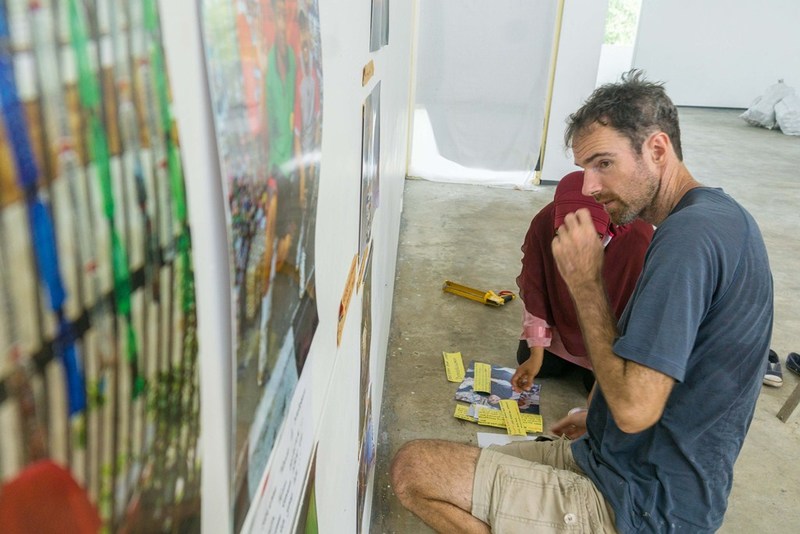
And Ani is showing the community how to do that right now, quite literally. It’s not rocket science. It involves a stick and a lot of elbow grease. You use the stick to shove the plastic waste down hard into the bottle to make a compact brick. It’s non-capital, collaboration powered, regenerative technology, a low-tech solution to a problem created by a high-tech, petrochemical-addicted society. The people in Ciliwung quickly pick it up. People compete good naturedly with each other to produce a better brick. The only problem is we run out of plastic waste too quickly. What seemed like a huge pile of old plastic is now sitting there imprisoned in a few small plastic bottles. Russell brings together some bricks to show people how to join them together to create modules, and we build a simple stool, gluing the bricks together. A big pile of discarded plastic has been been transformed into something useful and durable. It will roam and transmute no more.
While the ecobrick movement is taking off around the world, it has been most successful in poorer countries, where entire communities are most likely to be confronted with the problem not just of their own waste, but of the entire world’s. In practice, when developed countries “recycle” plastic, it usually ends up being down-cycled and sent down the food chain to poorer countries, which effectively serve as global dump sites when the plastic reaches the end of its life cycle.
So, Russell came to the idea of the ecobrick not in his native Canada, but during a prolonged stay in a remote village in the Phillipines. In the traditional language of the community, he says, there was no word for “trash.” In the past, people had always repaired and repurposed everything they used when it no longer served its original purpose. Now, they were being overwhelmed by the detritus of the petrochemical age. At the same time, people there often made bricks by filling plastic bottles with sand. Seeing this, Russell had an idea: why not make bricks by filling plastic bottles with discarded plastic? In fact, it’s such a simple idea that many people had come to it elsewhere, around the world, by themselves. Russell’s innovation was to try to consciously expand the simple idea into a movement, to develop community-based, self-replicating system of trainers, workshops and participating communities to expand its reach.
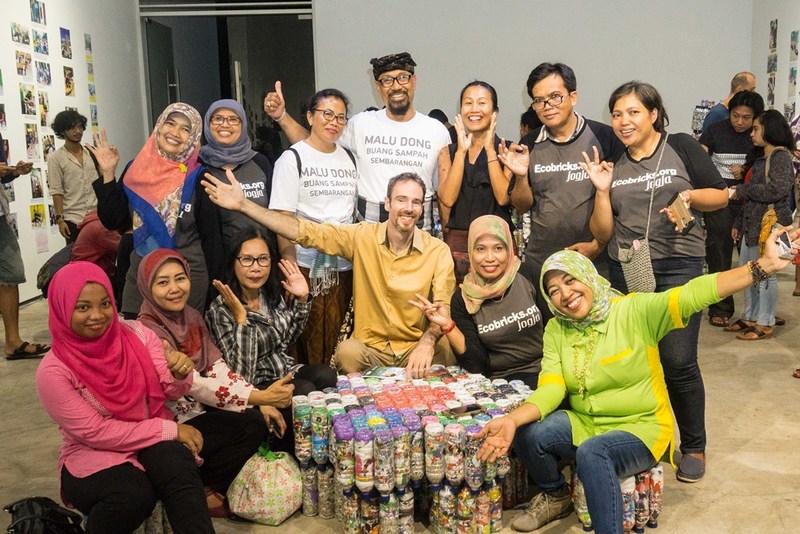
It’s taken off. In Indonesia, where the movement has been particularly strong, it’s been adopted by hundreds of schools, sub-district governments, and mass organisation, with tens of thousands of people involved. But exactly how many?
With the community-based, decentralised nature of the ecobricks movement, it has been challenging to keep track of just how many people are making these bricks and how many bricks have been produced. It’s been hard to determine just how much plastic these disparate groups have sequestered, what the impact has been. Also, with different groups working entirely independently, it’s been difficult for communities to source and acquire bricks produced elsewhere, if they have projects that require more bricks than they can produce themselves.
To enable trust in peer-to peer ecobrick exchanges and to enable communities to source ecobricks for large earth building projects, Russell and his collaborators have developed GoBrik, an open source platform that enables ecobrickers around the world to log, manage, validate, authenticate and exchange their ecobricks. When you or your group make a brick, you weigh it, photograph it, state what type of bottle you are using (brand and volume) and enter the data into the system. Each brick is given a serial number and its unique data (weight, color, volume, density, maker etc.) is entered into the database. To ensure that all bricks are of consistent quality and equal density, three members of unassociated ecobrick communities independently check the data and accept or reject the brick into the system. In effect, this creates a community-sourced feedback system to ensure that all bricks are of consistent quality.
What is an ecobrick worth? It’s a tricky question. To be honest, it takes a lot of labor to produce a single brick. It would probably be easier and cheaper to make a brick from mud or sand. At the moment, if you sold an ecobrick on the open market as a building material, you wouldn’t get much for an hour’s labor. But the point is not just to create something useful, it is to removed something dangerous and deleterious. A huge portion of the value of the brick derives from the fact that it removes plastic from the environment. When communities make bricks, they do so partly, or even mainly, as a way of managing the discarded plastic in their immediate environment. The useful brick is … useful, but almost a by-product. Calculating both the positive and negative values of an ecobricke requires the development of a specific system of accountancy.
Which is exactly what Russell and his collaborators are trying to develop with the launch of a new cryptocurrency, the brikcoin. Everybody has heard of Bitcoin now, and any geek will explain that the value of a Bitcoin is based on proof of work – bitcoins are mined by computers churning away, consuming vast amounts of energy, to solve difficult mathematical challenges. While emulating the core elements of a cryptographic blockchain, brikcoins rely on the manual human authentication of plastic sequestration through the Gobrik platform. For every 100g of plastic that is safely sequestered in an ecobrick, a single brikcoin is issued.
Somewhat counter intuitively, the brikcoin is not disbursed to the ecobrickers who produce the brick. Instead, each of the three ecobrickers who validate the brick receives 25% of the total value, with one quarter being retained by the Global Ecobrick Alliance. Of course, the ecobrickers who make it retain the brick, which has value as a building block. If they receive brikcoins, it will be through their involvement in validating the bricks produced by other communities.
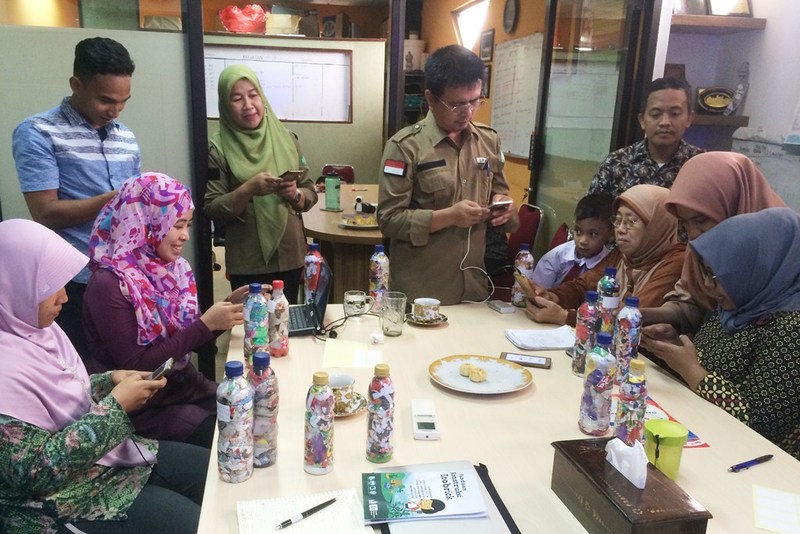
By decoupling the production of the brick from the brikcoin value, no community or individual will have any incentive to log sub-standard bricks. While it might be true that validators then have an incentive to pass sub-standard bricks, this would effectively require collusion on the part of three, independent validators who have no contact with each other. Also, the system includes incentives for the rejection of bricks legitimately deemed to be sub-standard – although they could also expect severe kick back for rejecting without good reason. It is important to underline the fact that any established ecobricker who has logged their own bricks can serve as a validator. There is no centralized control of this process. Rather, it’s a peer-to-peer, community-based validation system intended to ensure the integrity of the ecobrick building process.
There is a certain solidity to the value of a brikcoin. Each coin will always represents 100 grams of sequestered plastic. Unless the supply of plastic waste runs out, it will always be possible to generate more coins, so nobody is going to get filthy rich mining them. At the same time, brikcoins cannot be generated at whim, like most fiat currencies, which can be issued by a decree of the central bank. Unless someone does the work to shove the plastic into the bottle, no new coins will be issued. A brikcoin is grounded in real-world value. Of course, this makes brikcoins an entirely reliable system for the sale and purchase of ecobricks between communities, with an absolutely fixed rate of exchange.
This is not to say that brikcoins’ value won’t go up. It may not seem like it right now, but plastic waste is a finite resource. Sure, it’s easy enough to get hold of it now. But the history books are full of the sad memories of civilizations who thought the good times would last forever. For the past century or so, global economic hyper-growth has been made possible by the rapid depletion of natural resources, particularly petrochemicals. The availability of plastic waste is heavily dependent on the petrochemical economy. With peak oil and the decline of the economy, plastic waste will become scarce in future years. It won’t always be this easy to make ecobricks. And without cheap petrochemicals, how easy do you think it’s going to be to build steel and mortar and other building materials? In that not so distant future, an old bottle stuffed with plastic might be one of the best that’s on offer. So get in early. Start making an ecobrick now, while it’s still easy, in the sunset years of the petrochemical economy.
For more information about ecobricks, brikcoin and the Global Ecobrick Alliance, please visit https://www.ecobricks.org/
This article is originally from paper. Read NOW!Jakarta Magazine April 2019 issue “Money & Finance”. Available at selected bookstore or SUBSCRIBE here.

